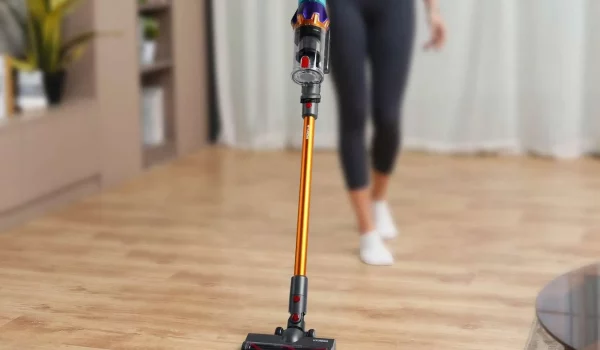Behavioural Roadmap to Circular Consumption
This research (conducted in Australia) aimed to understand what ‘circular consumption behavior’ is needed to significantly reduce the material footprint as part of the transition to a circular economy. Various stakeholders were surveyed to provide a comprehensive list of behaviors. Stakeholder input was then analyzed using systems thinking principles to determine the connections between the identified behaviors and to understand how changes in one behavior affect other behaviors.
The resulting behavioral systems map provides practical guidance on where and how to intervene to achieve circular consumption. The map contains 8 most important circular consumption behaviors that resulted from the research:
- Do it with existing items
- Borrow/rent items (or services).
- Source article second hand
- Buy an item that is made to last
- Buy an item made from circular materials
- Continue to use (re)use the article
- Repair item
- Pass on/return item
Moreover, the research also revealed the role of actors outside the consumer, whose behavior influences circular consumption. This concerns government, designers, producers, retailers, services, interest groups and social organizations. Of the above behaviors required by various stakeholders in the economy, three key places for intervention have been identified: borrowing/renting items (or services), purchasing second-hand items, and purchasing items that are built to last.
Other relevant publications
Re-use of soundbars
How feasible is it to give soundbars a second life? Commissioned by Stichting OPEN, Second Use investigated the re-use potential of four soundbar models, revealing insights into repairability, consumer interest, and key barriers.
Re-use of cordless vacuum cleaners
The re-use of cordless vacuum cleaners presents interesting opportunities, but battery replacement costs pose a significant challenge. This study, conducted by Second Use on behalf of Stichting OPEN, examines the feasibility of refurbishment and identifies key improvements to extend the lifespan of these appliances.







